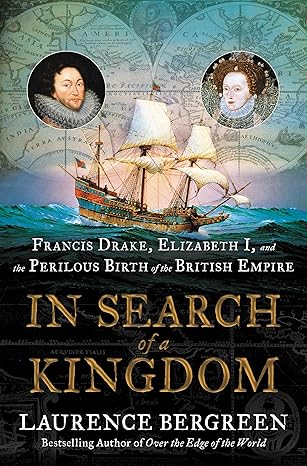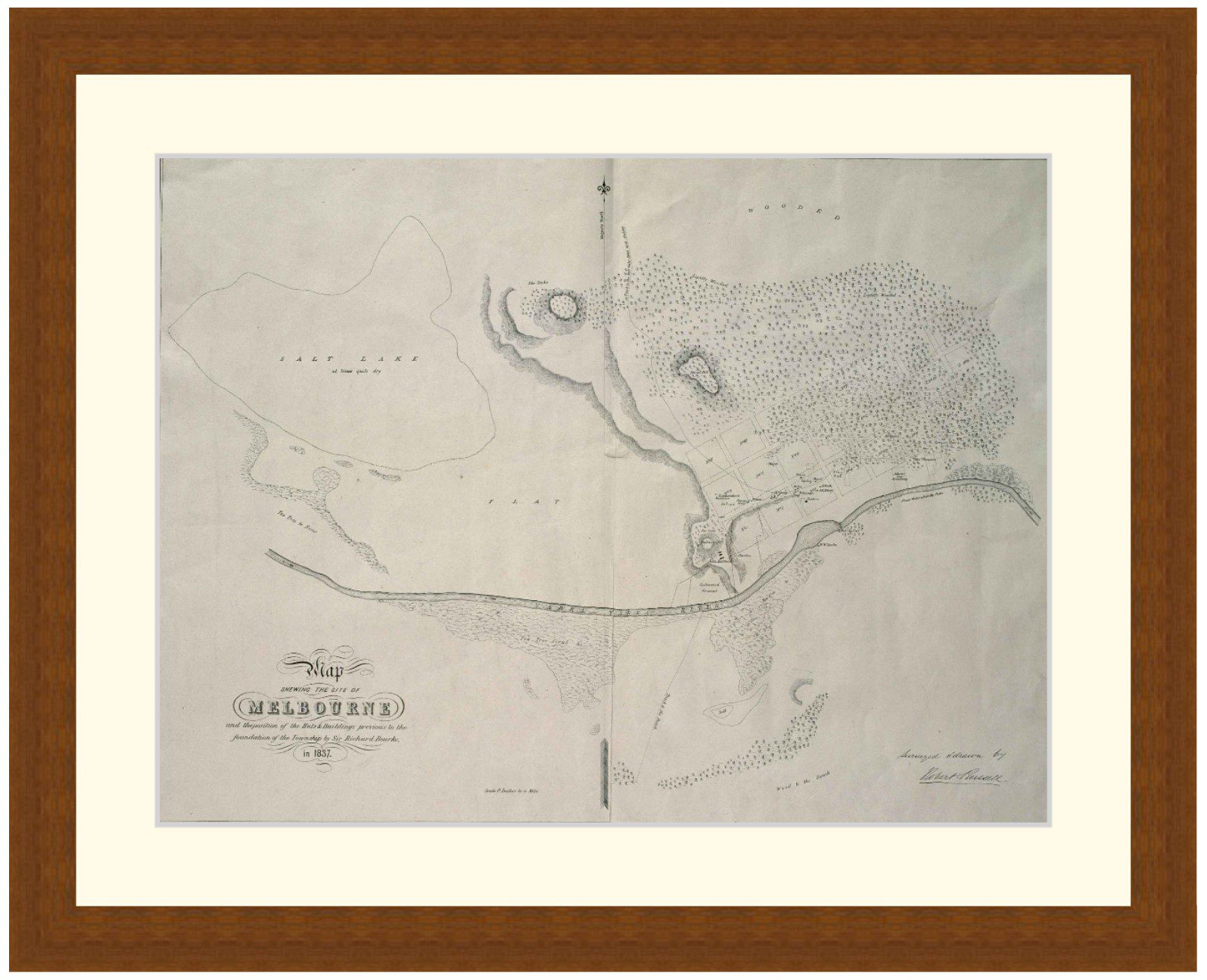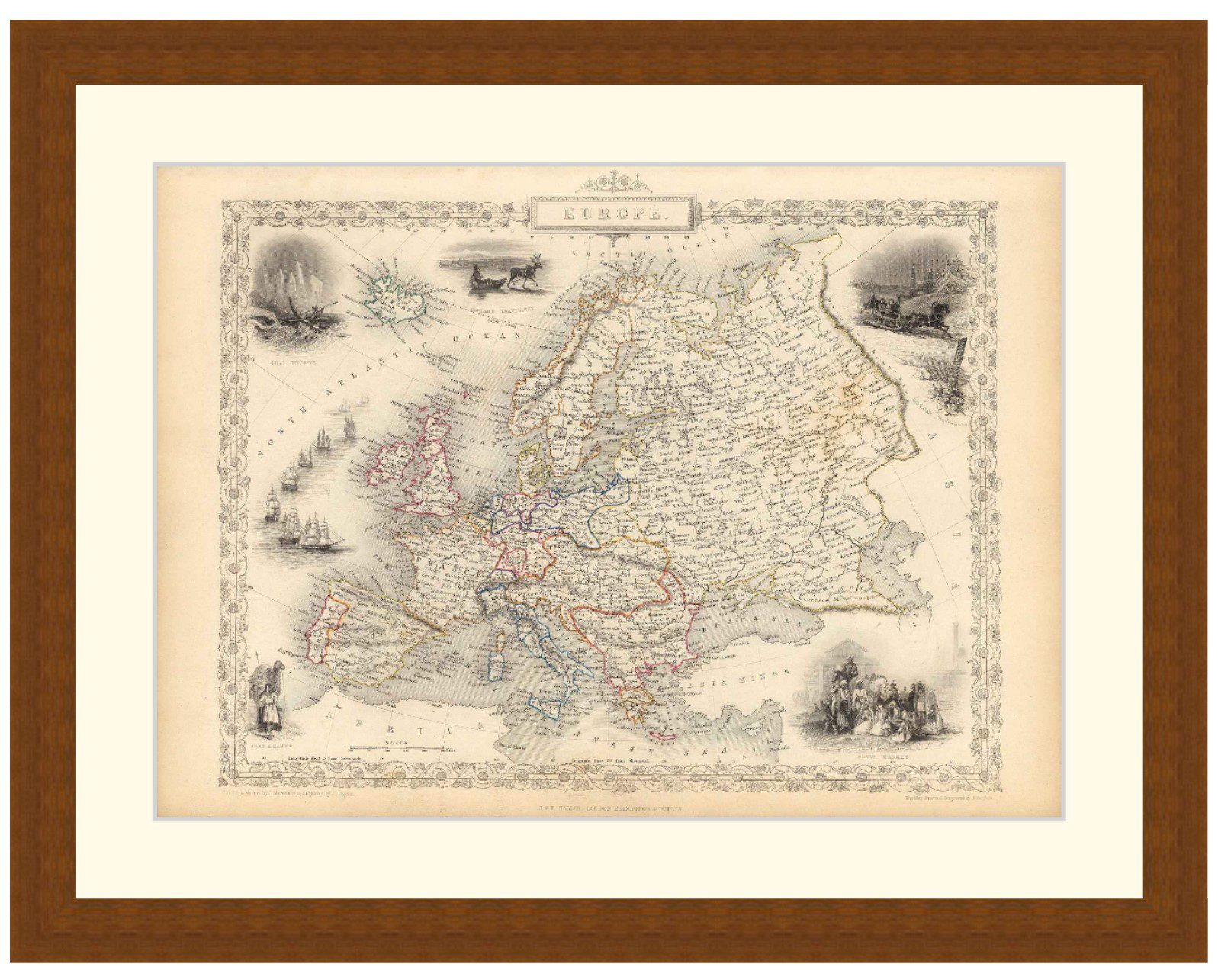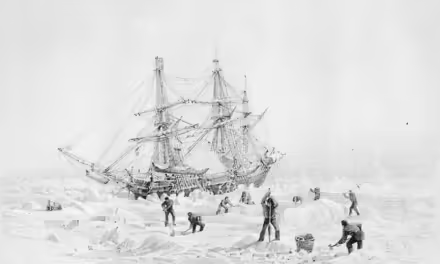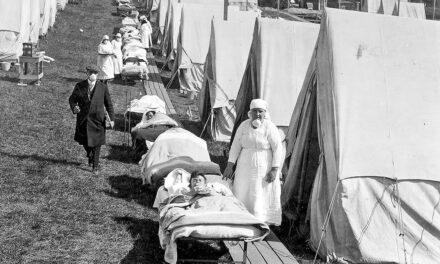Reading time: 7 minutes
A series of missions that spanned the 6th to 8th centuries would emerge as one of the most crucial periods for early Christianity in establishing its footing in the British Isles.
By Michael Vecchio
With upwards of 2.4 billion followers, Christianity has long cemented itself as the largest faith around the world by number of adherents. Whether a believer falls under the umbrella of Catholicism, Protestantism, or Eastern Orthodox, the profound, lasting and continuing effect of Christianity on the history of Western Civilization remains a most captivating realm of study. Indeed from the teachings of a humble Jewish carpenter some 2,000 years ago, the spread of Christianity is perhaps one of its most unlikely and fascinating aspects. What could have ended with the crucifixion of Jesus, instead became the first true global movement that over centuries literally transformed the world.
READ MORE: WHO WAS JESUS CHRIST?
While the Crusades of the Middle Ages remain the most well documented episodes of religious wars or attempts for “mass conversion”, the roots of Christianity in Europe had already been planted centuries before. In the context of the British Isles, a series of missions that spanned the 6th to 8th centuries, would emerge as one of the most crucial periods for early Christianity in establishing its footing. Known as the Hiberno-Scottish Missions, these events were an ambitious undertaking aimed at preserving and ultimately transmitting Christian doctrine throughout the British Isles, and even parts of Germany and France.
Deriving its name from the Latin term for Ireland (Hibernia), the Missions were noted for not actually having been formally coordinated, but rather having arisen spontaneously by several Irish and Gaelic clerics. Unlike the violence of the Crusades, which were officially sanctioned by the Latin Church, the Hiberno Scottish Missions appeared independently of one another, eventually overlapping into a singular series of events aimed at evangelizing. Expanding across the British Isles, which includes present day Ireland and Scotland, the earliest recorded date of these conversion events can be traced to 563 AD with the foundation of the Iona Abbey on Scotland’s West Coast. Thus began a journey across two centuries that would implant Christian theology in Westernmost parts of Europe, before the later and consequential events of the Crusades and the Protestant Reformation.
To further understand the scope of the Hiberno Scottish Missions, it is also important to examine the works of several key historical personalities who dedicated their public lives to the cause of conversion. Naturally when one thinks of Ireland and its long Christian history (particularly Catholicism), the figure of Saint Patrick comes to mind almost immediately. A 4th century Welsh born bishop who is widely credited as “introducing” Christianity to Ireland and the British Isles, over time much mythology began to surround Patrick, and many factual details of his life and missionary work have been notoriously difficult to validate. Nonetheless, whether one believes the tales of him driving out snakes from the Irish hills or resurrecting the dead, the historic Saint Patrick was an important foundational stone for the works of many future missionaries in Britain, particularly during the Hiberno-Scottish Missions.
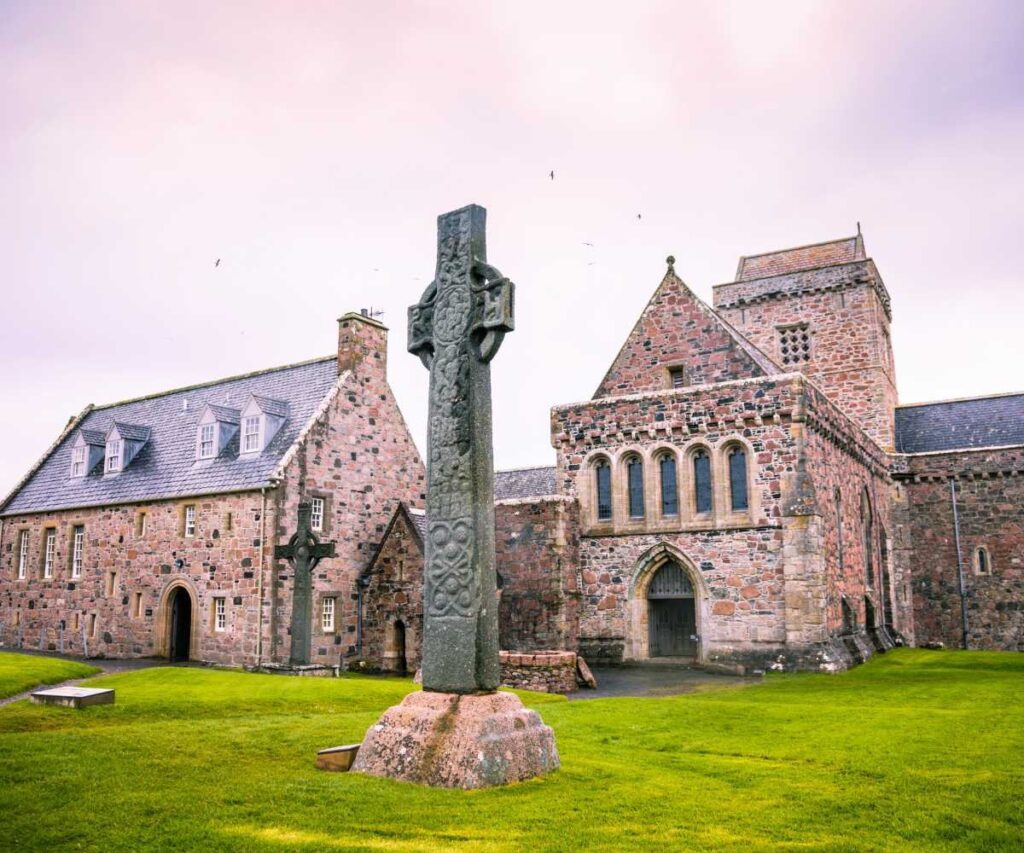
In this crucial time period, arose a number of prominent missionaries which included Columba, Aidan, Dunod, and Columbanus, who undoubtedly also drew inspiration from the tales of Saint Patrick’s work.
The Irish born Columba, or St. Columba, was the earliest of these important men during the Hiberno Scottish period, and whose founding of the Iona Abbey in 563 AD began the greatest tide of evangelization on the British Isles after Saint Patrick. Indeed, today along with Patrick and Brigid of Kildare, Columba is one of the three patron saints of Ireland. By establishing the Iona Abbey in Scotland, Christianity was able to find a stable centre of learning whose aim was according to the official Iona Abbey Guide Book to “create a perfect image of the heavenly city of Jerusalem”.
By focusing his mission on the native peoples of Scotland, known as the Picts, Columba contributed to the establishment of Celtic Christianity and the concept of monastic life that would later become prevalent throughout Europe. Before such famous names like Saint Anthony or Saint Francis of Assisi (known for their monastic lives), Columba and his followers were amongst the earliest to set the example of daily life dedicated to prayer, while preaching to the public.
Later Saint Aidan, who served as a monk at the Iona Abbey, founded his own monastery Lindisfarne on what became known as Holy Island in northern England in 634 AD. Credited for his role in converting many Anglo-Saxons in the region of Northumbria, Aidan was noted for his ceaseless travels, preaching the gospel to both the poor and nobility of the area. By the time of his death in 651, Aidan’s legacy included numerous churches, schools and other religious organisations.

In Wales, there was Saint Dunod, who founded the monastery of Bangor on Dee. Eventually he would also travel to Brittany in northern France to continue to Christianise the population. Finally there was the prolific Saint Columbanus, who during his public life contributed to the formation of up to 600 different missions and monasteries across the British Isles, France, and even Italy. The establishment of these numerous monastic communities entrenched Christian doctrine, while creating centres of intellectual study and literary fluency. Indeed the tradition of monasticism that emerged with the Hiberno Scottish Missions, would lead to such later influential monastic scholars like Saints Thomas Aquinas and Bonaventure. By maintaining written manuscripts and encouraging scholastic education, these monasteries not only led to evangelization among the local populations, but to the preservation of Christian thought for future generations.
Although many of these monasteries and missions would naturally disband over time or fall to ruin, it was the important legacy of Christian education that continued to inspire renewed interest in religious life and conversion.
And just as it had started in an uncoordinated manner, the missions also ended, as the Christian faith continued to expand its scope. Soon the Holy Roman Empire would form around the year 800, while the tumultuous Crusade campaigns further changed the tide of European history. Today the legacy of the Hiberno Scottish Missions is often forgotten because of other well known episodes of Christian history, particularly the Crusades, the Great Schism of 1054, and the Protestant Reformation.
While the long lasting consequences of these events were certainly more profound, the crucial role of the Hiberno Scottish Missions cannot be overlooked. In helping to entrench Christian belief across a wide swath of territory, the clergy and other missionaries of the time effectively helped establish the foundations for higher institutes of knowledge dedicated to Christianity. Though no one single person or event can be said to have singularly begun the ascension of the Christian Church, collectively the works of the Hiberno Scottish evangelists laid the ground work for a movement that would forever transform the narrative of the world.
Articles you may also like
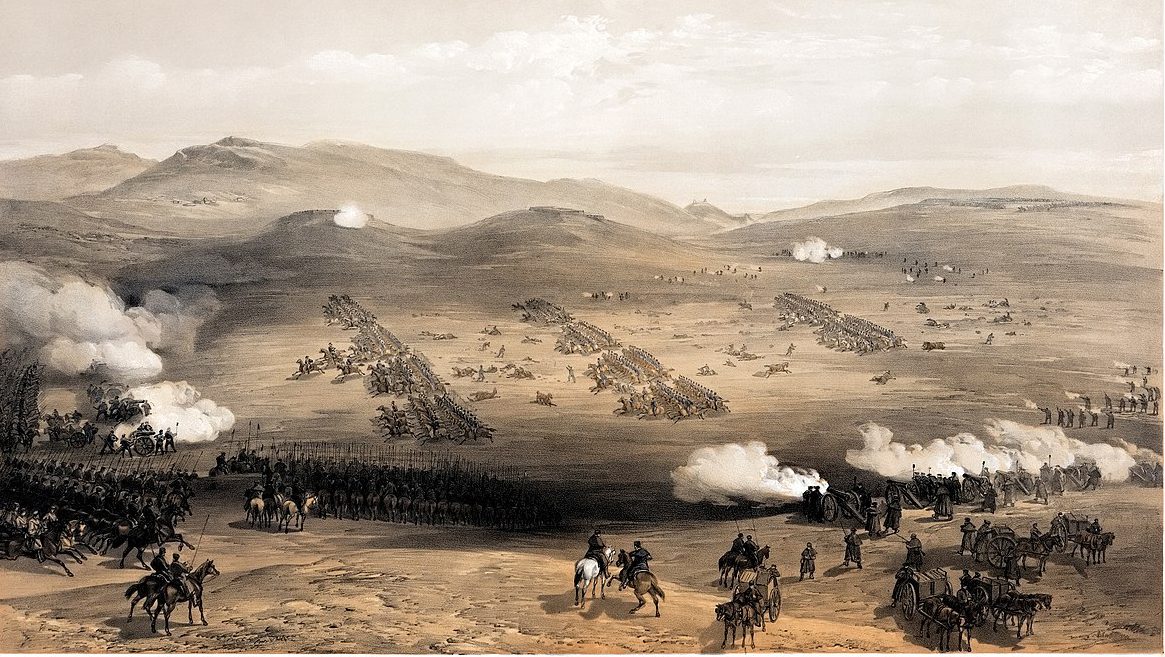
Could the Charge of the Light Brigade have worked?
COULD THE CHARGE OF THE LIGHT BRIGADE HAVE WORKED? Middle East tensions. Russian soldiers in Crimea. Western nations’ warships in the Black Sea. Those descriptions sound like Russia’s 2014 takeover of Crimea. But they also applied 150 years earlier during The Crimean War between Russia and a British-French-Turkish alliance. That war is largely forgotten now, apart […]

Women of America – AudioBook
WOMEN OF AMERICA – AUDIOBOOK By John Ruse Larus (1858 – 1920) The present volume completes the story of woman as told in the series of which it forms part. The history of nations is, in its ultimate analysis, largely that of woman. Therefore this series in its wide inclusiveness forms a more than ordinarily interesting […]
The text of this article was commissioned by History Guild as part of our work to improve historical literacy. If you would like to reproduce it please get in touch via this form.



